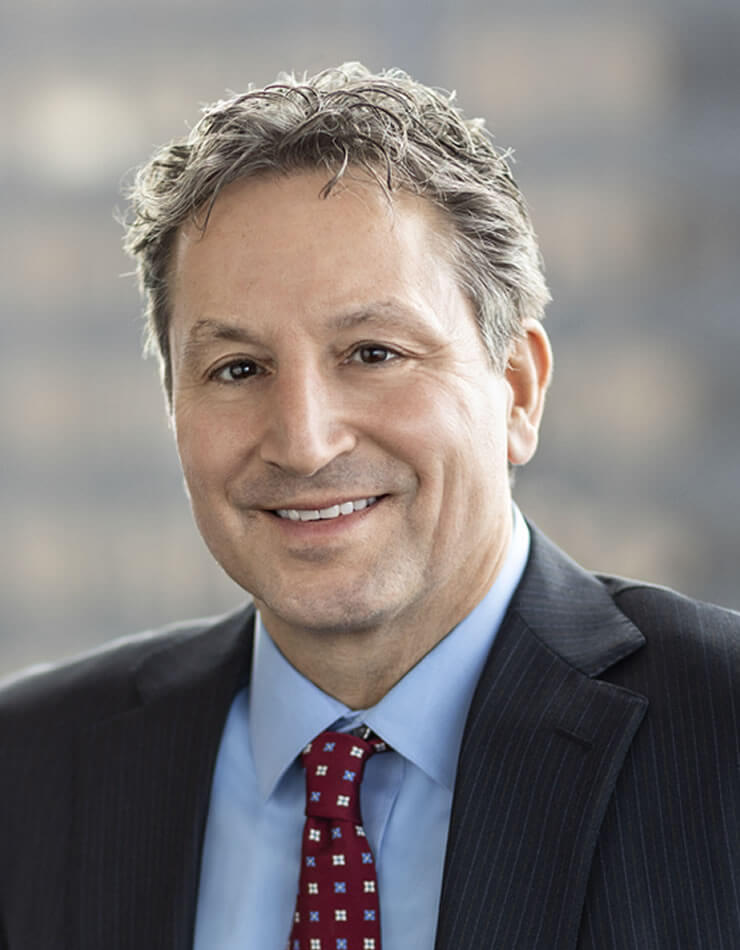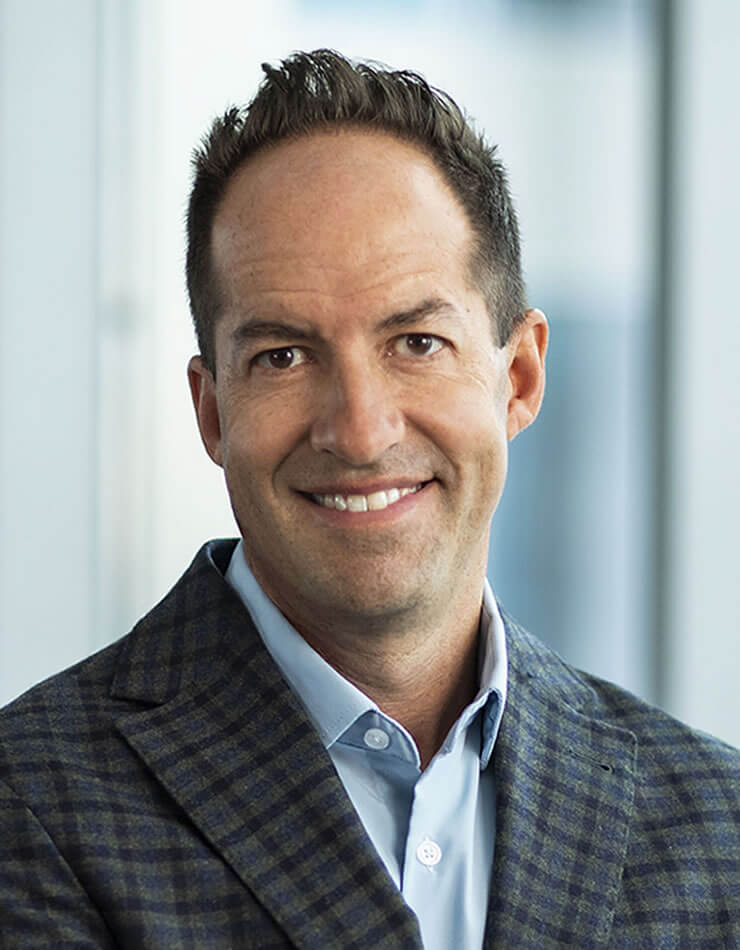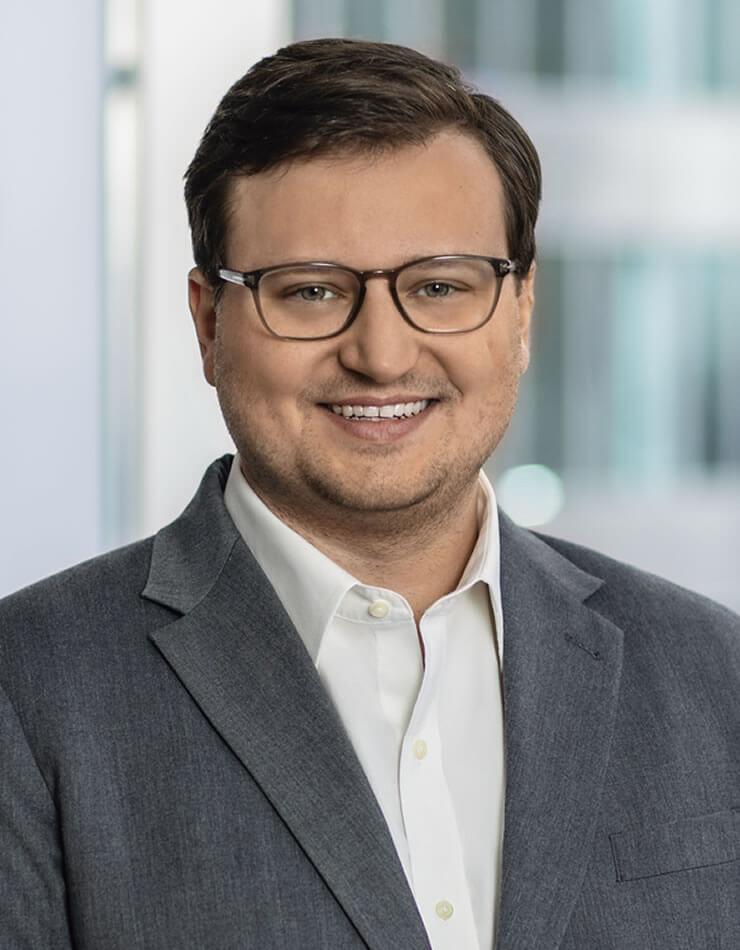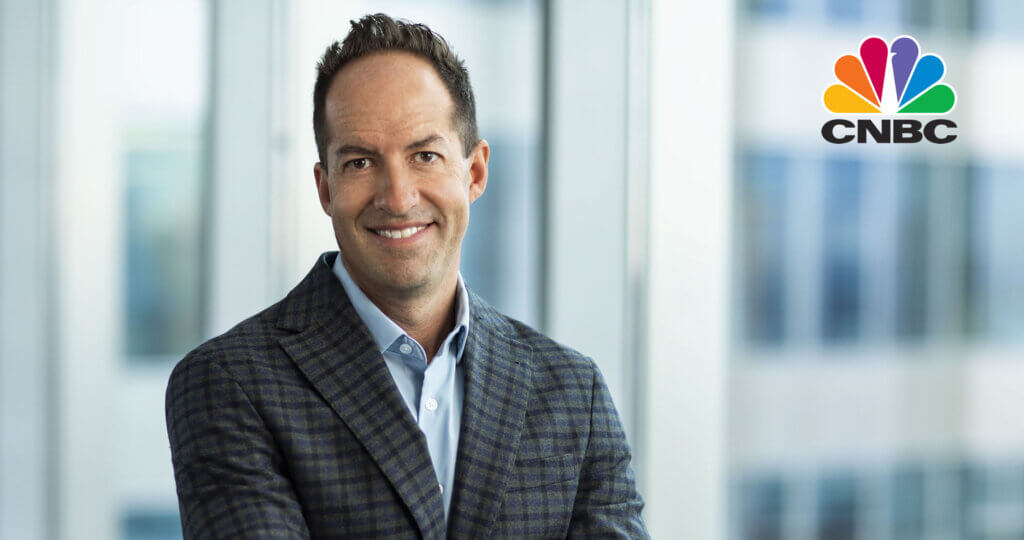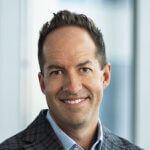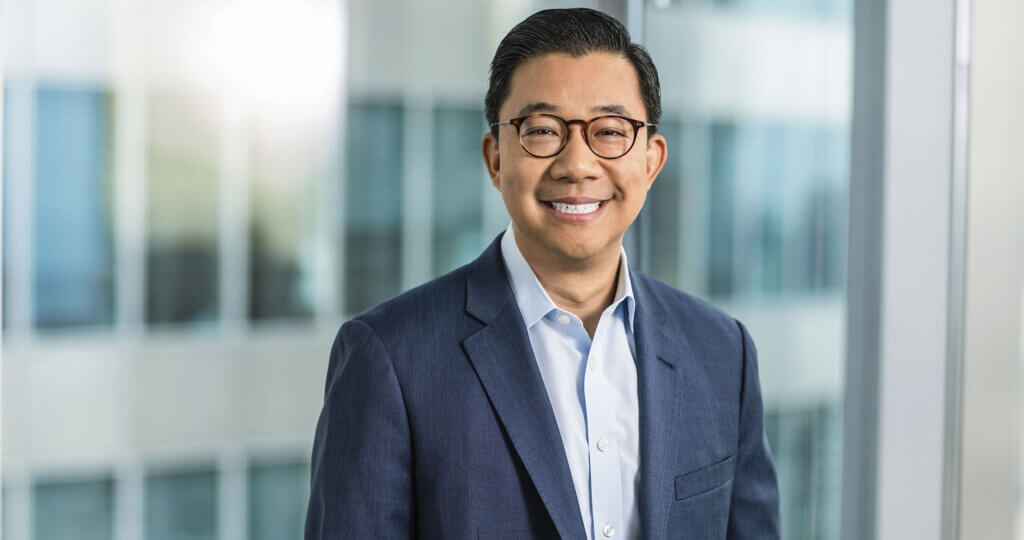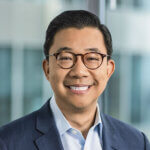Oakmark Global Fund – Investor Class
Average Annual Total Returns 12/31/22
Since Inception 08/04/99 8.96%
10-year 7.18%
5-year 2.49%
1-year -16.85%
3-month 16.39%
Expense Ratio: 1.13%
Expense ratios are as of the Fund’s most recent prospectus dated January 28, 2022, as amended August 1, 2022 and October 1, 2022; actual expenses may vary.
Past performance is no guarantee of future results. The performance data quoted represents past performance. Current performance may be lower or higher than the performance data quoted. The investment return and principal value vary so that an investor’s shares when redeemed may be worth more or less than the original cost. To obtain the most recent month-end performance data, view it here.
“Economists are about as useful as astrologers in predicting the future.”
-Arthur M. Schlesinger, Jr.
There were two great lessons in the difficulty of predictions this year. First, professional market forecasters nailed their call on aggregate company fundamentals, but failed miserably at guessing the resulting stock prices. Equity strategists had one of their best years on record since 1990 when predicting earnings per share for the S&P 500. The starting consensus estimate of $222 was within $1—or 0.5%—of what is currently expected for the year. Yet, their market price predictions were off by over 20% on average, and most were directionally wrong as well. How can one be so right about fundamentals, yet so wrong about prices? The answer is that stock prices can be quite detached from fundamentals over short periods of time. Although this disconnect can be aggravating, the good news is that stock prices tend to reflect business fundamentals over longer periods of time. At Oakmark, we value companies as if they will have to weather macro-related bumps in the road without trying to precisely determine when those bumps will happen. This helps us divorce the investment decision from an attempt to time a business cycle.
The second lesson relates to the difficulty of predicting “when” expected performance will happen. At the end of last quarter, there were understandably deep and broad concerns about Europe and the U.K. given the area’s slowing economic growth, record inflation, rising interest rates, the war in Ukraine and the potential energy shocks as winter loomed. One had every reason to believe that the fourth quarter of 2022 could be the worst possible time to own equities headquartered across the Atlantic. Yet, European equities led the world in returns in the fourth quarter, up almost 20%—or about double those in the U.S. and emerging markets.
Not much has changed in the past 90 days, so what gives? Equity markets are forward looking, and these concerns about the European and U.K. markets were already reflected in historically low valuations. This is just the most recent example of why it is nearly impossible to consistently and correctly predict when low valuations will occur. If you had polled our investment team on September 30, 2022, for their expected EU/U.K. returns this quarter, we doubt you would have received useful advice. Our bottom-up value process led us to being significantly overweight in Europe and the U.K. relative to the broader world indexes, but this overweight was not based on a hunch about a certain catalyst or near-term forecasted returns. Instead, our efforts at Oakmark are spent on the “what” of investing—the fundamentals, valuation and management of a business—and not on the “when” of a stock’s relative performance. This quarter and the entire year were great reminders of just how difficult those market predictions can be.
We discussed the merits of investing outside the U.S. in last quarter’s letter, but we also cautioned that we did not know when that insight would prove useful. We are pleased to report your global diversification was beneficial this quarter and year, as you’ll read below. We strongly believe that our edge at Oakmark is our process for identifying undervalued businesses that have strong fundamentals and good management teams. We then position our portfolios with conviction and manage them with discipline, based on our bottom-up process. We never know precisely when this process will “work” to our clients’ advantage, but as fellow shareholders in the Fund, we are gratified when it does.
Performance Review
The fourth quarter reflected strong absolute and relative returns for the Oakmark Global Fund (“Fund”). The Fund generated a 16.4% return in the fourth quarter, compared to a 9.8% return for the MSCI World Index. For the calendar year ending 2022, the Fund declined 16.8% as compared to an 18.1% decline for the MSCI World Index. Since inception, the Fund has returned 9.0% as compared to 5.2% for the MSCI World Index.
In the quarter, our Fund certainly experienced the benefits of maintaining a global portfolio. The roughly 51% of the portfolio invested outside of the U.S. drove about 70% of our outperformance. Germany, the U.S. and the U.K. were the top contributors to performance. France and Mexico were the only two markets we own that detracted from relative performance. The most significant individual stock contributors were Oracle, Allianz, CNH Industrial, Daimler Truck and Prudential. The largest detractors were Credit Suisse Group, Alphabet, Amazon, Tenet Healthcare and Warner Bros Discovery.
For the calendar year, Germany, South Africa and Belgium were the largest country contributors to performance. Switzerland, France and Mexico were the largest detractors of countries owned. The most significant individual stock contributors for the calendar year were NOV Inc., Alibaba Group, Glencore, Bayer and Naspers. The largest detractors over the same time period were Alphabet, General Motors, Credit Suisse, Tenet Healthcare and Liberty Broadband.
Portfolio Activity
Though the calendar fourth quarter may not have been as volatile as the third, we remained somewhat active and purchased two new positions (KKR and St. James Place) and sold one (Keurig Dr Pepper).
KKR is one of the largest alternative asset managers in the world, overseeing $496 billion in assets under management (AUM). Approximately 80% of the company’s AUM is held under capital commitments that are eight years or longer, resulting in a highly predictable management fee revenue stream. KKR has also grown AUM at a mid-teens rate over the past decade, largely due to the company’s success in leveraging its well-established brand and its existing relationships to expand into new strategies and geographies. Today, 22 of KKR’s 28 strategies are less than 10 years old, and we believe many of these have considerable runway for future growth. Furthermore, we think the market is undervaluing KKR due to the company’s large balance sheet investments and the near-term volatility of its performance fees. We estimate that KKR’s investments are worth ~$17/share today, or 36% of its current market capitalization, which is considerably higher than its peers. After adjusting for these factors, KKR trades at a high-single-digit multiple of our forward earnings estimate. In fact, shares trade at just 16x our estimate of fee earnings, and that is without ascribing any value to carried interest earnings or to KKR’s insurance unit. We find this a very attractive valuation for a business with KKR’s growth outlook and return profile.
St. James’s Place is the U.K.’s largest wealth management firm, with 4,626 advisors, 900,000 clients, and £142 billion in assets under management as of September 2022.The company’s core clients are individuals who have £50,000-5 million of investible assets, a range that includes the mass affluent and the lower end of the high-net-worth target market. Pension reforms, coupled with complicated estate and inheritance planning requirements, have increasingly driven individuals in the U.K. toward independent, third-party investment advice. As the largest provider of this advice and a company with a very strong and trusted brand, St. James Place is well positioned to sustain high rates of growth. Over the past five years, the company has achieved average net new money growth of nearly 10% per year while its assets under management have increased at an average rate of 15.5% per year, and we believe the company’s long-term outlook remains very attractive. Importantly, its new IT infrastructure should significantly lower the company’s operating costs and enable its strong top-line growth to flow through to its net income growth. As a wealth management firm, St. James Place’s business model requires little capital and generates a very high return on capital employed as well as excellent cash conversion. In fact, the company regularly pays out more than 70% of its cash earnings in the form of dividends, and its current dividend yield is nearly 5%. Despite St. James Place’s compelling medium- and long-term outlook, recent equity market weakness has pushed its stock down to < 11x 2023 cash earnings per share. We believe this significantly undervalues the company’s future growth opportunities, and we took advantage of this short-term price weakness to add St. James Place to the portfolio.
We sold the remainder of our Keurig Dr Pepper shares in the quarter. As a consumer staples company, Keurig’s shares have held up very well in a difficult market and, as a result, its relative valuation was no longer as compelling as other investment opportunities. We would be happy to own the company again at the right price.
The Fund did not have any currency hedges in place at quarter’s end. We defensively hedge a portion of the Fund’s exposure to currencies when we believe they are overvalued versus the U.S. dollar, but do not find such overvaluation today.
As always, we thank you for your partnership in the Oakmark Global Fund. We invite you to send us your comments and questions.
The securities mentioned above comprise the following percentages of the Oakmark Global Fund’s total net assets as of 12/31/2022: Alibaba Group 3.0%, Allianz 3.4%, Alphabet Cl A 5.1%, Amazon 1.4%, CNH Industrial 3.0%, Credit Suisse Group 1.5%, Daimler Truck Holdings 2.8%, General Motors 3.6%, Glencore 1.9%, Keurig Dr Pepper 0%, KKR 1.0%, Naspers 0%, NOV Inc. 2.3%, Oracle 2.8%, Prudential 3.4%, St. James Place 1.5%, Tenet Healthcare 2.4% and Warner Bros Discovery 0.7%. Portfolio holdings are subject to change without notice and are not intended as recommendations of individual stocks.
Access the full list of holdings for the Oakmark Global Fund here.
The S&P 500 Total Return Index is a float-adjusted, capitalization-weighted index of 500 U.S. large-capitalization stocks representing all major industries. It is a widely recognized index of broad, U.S. equity market performance. Returns reflect the reinvestment of dividends. This index is unmanaged and investors cannot invest directly in this index.
The MSCI World Index (Net) is a free float-adjusted, market capitalization-weighted index that is designed to measure the global equity market performance of developed markets. The index covers approximately 85% of the free float-adjusted market capitalization in each country. This benchmark calculates reinvested dividends net of withholding taxes. This index is unmanaged and investors cannot invest directly in this index.
On occasion, Harris may determine, based on its analysis of a particular multi-national issuer, that a country classification different from MSCI best reflects the issuer’s country of investment risk. In these instances, reports with country weights and performance attribution will differ from reports using MSCI classifications. Harris uses its own country classifications in its reporting processes, and these classifications are reflected in the included materials.
The Fund’s portfolio tends to be invested in a relatively small number of stocks. As a result, the appreciation or depreciation of any one security held by the Fund will have a greater impact on the Fund’s net asset value than it would if the Fund invested in a larger number of securities. Although that strategy has the potential to generate attractive returns over time, it also increases the Fund’s volatility.
Investing in foreign securities presents risks that in some ways may be greater than in U.S. investments. Those risks include: currency fluctuation; different regulation, accounting standards, trading practices and levels of available information; generally higher transaction costs; and political risks.
The compound return is the rate of return, usually expressed as a percentage that represents the cumulative effect that a series of gains or losses has on an original amount of capital over a period of time. Compound returns are usually expressed in annual terms, meaning that the percentage number that is reported represents the annualized rate at which capital has compounded over time.
The percentages of hedge exposure of each foreign currency are calculated by dividing the market value of all same-currency forward contracts by the market value of the underlying equity exposure to that currency.
The information, data, analyses, and opinions presented herein (including current investment themes, the portfolio managers’ research and investment process, and portfolio characteristics) are for informational purposes only and represent the investments and views of the portfolio managers and Harris Associates L.P. as of the date written and are subject to change and may change based on market and other conditions and without notice. This content is not a recommendation of or an offer to buy or sell a security and is not warranted to be correct, complete or accurate.
Certain comments herein are based on current expectations and are considered “forward-looking statements”. These forward looking statements reflect assumptions and analyses made by the portfolio managers and Harris Associates L.P. based on their experience and perception of historical trends, current conditions, expected future developments, and other factors they believe are relevant. Actual future results are subject to a number of investment and other risks and may prove to be different from expectations. Readers are cautioned not to place undue reliance on the forward-looking statements.
All information provided is as of 12/31/2022 unless otherwise specified.
